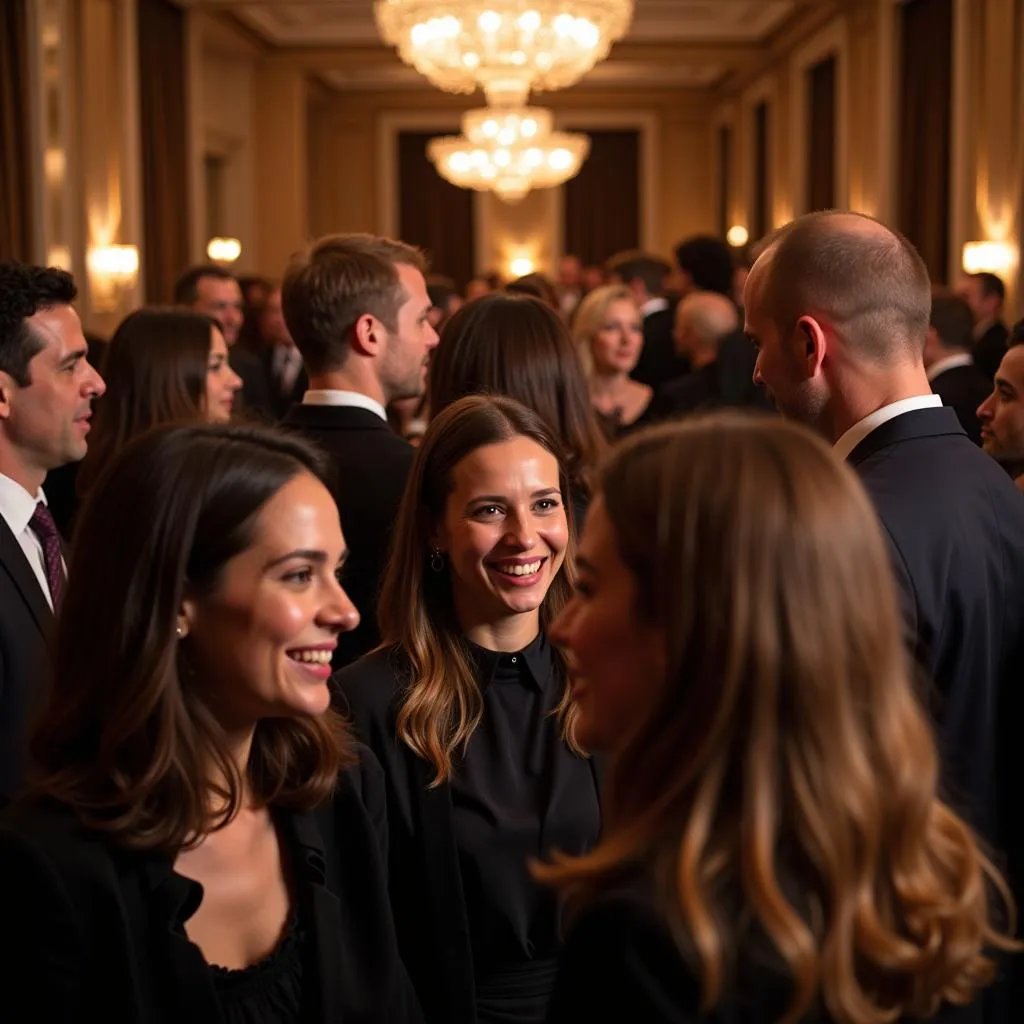The phrase “Crown And Ivy Society Social” evokes images of exclusive gatherings, prestigious universities, and a social hierarchy steeped in tradition. While these elements may play a part, understanding the nuances of such social dynamics requires a deeper exploration. This article aims to shed light on the complexities of “crown and ivy society social” interactions, examining their historical context, cultural significance, and impact on individuals and communities.
Delving into the History of “Crown and Ivy”
The term “crown and ivy” is often used as shorthand to represent institutions and social circles associated with privilege, history, and exclusivity. This can encompass elite universities, particularly those modeled after Oxford and Cambridge, with their centuries-old traditions and legacies. The “crown” symbolizes the historical ties to monarchy and aristocracy, while “ivy” represents the prestigious universities often adorned with this climbing vine.
Understanding the Social Fabric
Social gatherings labeled as “crown and ivy” often involve individuals who share common educational backgrounds, professional networks, and social upbringings. These gatherings can range from formal events like charity galas and alumni dinners to more casual gatherings among friends and colleagues.
 People Gathering at a Crown and Ivy Society Event
People Gathering at a Crown and Ivy Society Event
The Significance of Tradition and Legacy
Tradition and legacy often play a significant role in shaping the social norms and expectations within these circles. From specific etiquette rules to long-held customs, understanding the historical context is crucial to navigating these environments.
Examining the Impact on Individuals and Communities
While “crown and ivy society social” circles can provide a sense of belonging and access to valuable networks, it’s crucial to acknowledge the potential drawbacks. Issues of exclusivity, elitism, and a lack of diversity are valid concerns that need to be addressed.
 Diverse Individuals Discussing Social Impact
Diverse Individuals Discussing Social Impact
Promoting Inclusivity and Understanding
It’s essential to approach the concept of “crown and ivy society social” dynamics with a critical and discerning lens. Promoting inclusivity, challenging exclusivity, and fostering understanding across social divides are crucial steps toward creating a more equitable and just society.
Conclusion
Navigating the intricacies of “crown and ivy society social” interactions requires a nuanced understanding of their historical context, cultural significance, and potential impact. By embracing inclusivity, promoting dialogue, and challenging exclusivity, we can work towards fostering a more equitable and just society for all.